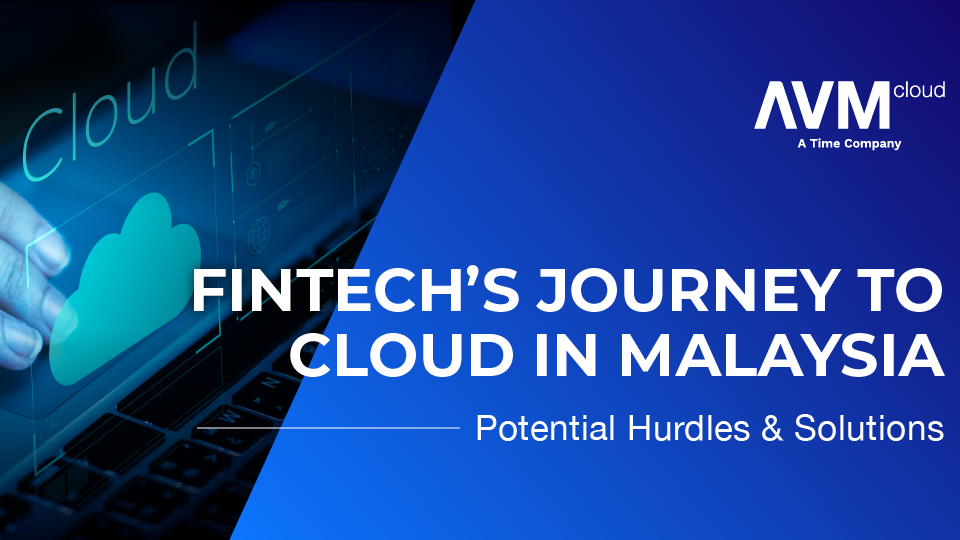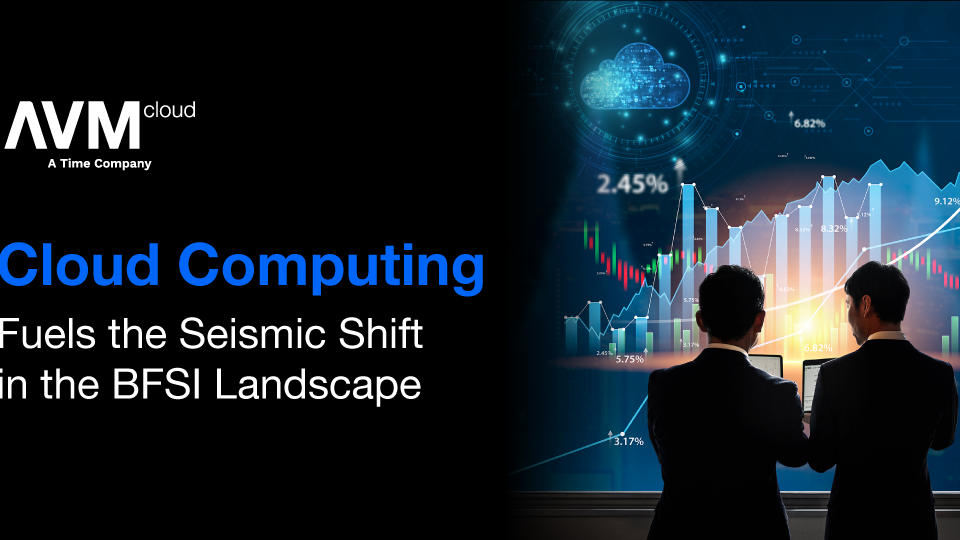
The coronavirus pandemic—the infection officially designated as COVID-19—is causing upheaval across the globe. Aside from the serious economic and public health implications, one very practical impact of shelter-in-place dictums is to force many companies to support remote working where they can. The most recent data tells us that in 2017, eight million Americans worked from home at least some of the week — amounting to around 5% of US workers. However, the events of the past few weeks are driving what is being described in certain sectors as the biggest shift to home working since 9/11.
This will ensure that many companies can continue functioning while helping to achieve social distancing to minimize the spread of the virus. But there are challenges, particularly to smaller businesses that don’t have IT security teams to assist with the transition. Hackers are primed and ready to take advantage of home workers, whose machines and devices may not be as secure as those in the office. There’s also a risk that workers are more distracted by current events when working at home, creating more opportunities for cyber-criminals to strike.
This isn’t just about hackers stealing your personal log-ins and information to sell on the dark web. In a home-working context, corporate data and systems may also be at risk. It takes just one unsecured remote worker to let the bad guys in. The damage they end up doing may be particularly difficult for employers to weather given the extreme economic pressures already on many firms.
With that in mind, therefore, let’s take a look at some of the major threats to home workers and their organizations, and what can be done to keep the hackers at bay.
The main threats:Phishing messages are by far the number one threat to home workers. Cyber-criminals are using widespread awareness of COVID-19, and a desire for more information on the outbreak, to trick users into clicking on malicious links or opening booby-trapped attachments. Many are spoofed to appear as if sent by trusted organizations such as the US Centers for Disease Control and Prevention (CDC) or the World Health Organization (WHO). They may claim to offer more information on the spread of the outbreak, tips on staying safe, and even provide details of how to get a non-existent vaccine online.
If you click through on a malicious link, the next stage of the attack could:
- Take you to a convincing-looking log-in page (e.g., for Microsoft Outlook, Office 365, or any popular cloud apps) where your username and password could be harvested by hackers. With these, they have a foothold in the organization which could provide the foundation for a serious information-stealing attack.
- Covertly initiate a malware download. This malware could exploit unpatched vulnerabilities on your computer to infect not just your machine but the entire corporate network it’s connected to, with ransomware, cryptojacking malware, banking trojans, information-stealing threats, and much more
Brute forcing is another way for hackers to hijack your cloud accounts. They use previously breached username/password combos and run them through automation software to try them across billions of websites and apps. Because users reuse passwords across numerous accounts, the bad guys often get lucky and are able to unlock additional accounts in this way. Home workers using Microsoft Teams, Slack, Zoom and other cloud platforms for collaboration and productivity may be targeted.
Malicious smartphone apps are another threat to home workers. These may be disguised to trick the user into believing they’re downloading a COVID-19 tracker, for example. In reality, it could infect the device with ransomware, info-stealers, or other malware. That device could then spread the same malware to the corporate network, if it is connected to it via the home network.
Smart device threats are also a concern for home workers. More and more of us are investing in smart home devices. From voice assistants to smart speakers, connected refrigerators to smart TVs, it’s estimated that there’ll be as many as 128 million smart homes in the US by the end of this year. However, often these consumer-grade devices don’t have strong built-in protection. They may use weak, factory-default passwords and/or contain multiple software vulnerabilities that are rarely patched by the manufacturer, if at all. The risk is that hackers could hijack one or more of these devices and use them as a stepping stone into the home and then corporate network – as we’ve demonstrated in previous research.
Friends and family could also introduce new cyber-threats, as they will also be confined largely to the home. That means they’ll be logging on to the home network with their own mobile devices, which may not be as well protected from threats as they should be. Once again, such threats could spread quickly from the home network to infect the enterprise network if it’s connected without adequate security controls. Another risk is of children using unsecured remote learning platforms, which may offer cybercriminals opportunities to hijack accounts, steal information and spread malware onto the network.

What are the hackers after?
Home workers represent an attractive target in their own right. After all, personal information and log-ins (home banking, Netflix, webmail etc) can be easily sold for a profit on dark web marketplaces. However, organizations represent a much bigger, potentially more lucrative pay day for cyber-criminals. While corporate PCs and networks might be fairly well secured, the rush to support home working may have left gaps the bad guys are keen to exploit.
By first compromising the home worker, and then pivoting through unsecured channels to the corporate network, hackers could spread ransomware, steal sensitive company IPs, infect work networks with crypto-mining malware, or steal large volumes of customer data. They may also look to hijack employees’ corporate email or other accounts as the first part of a multi-stage information-stealing attack. There have even been new warnings of Business Email Compromise (BEC) attacks in which employees (usually those working in the finance department) are contacted by someone posing as a senior exec and ordered to wire business funds to a new bank account.
Working safely at home
With so many techniques at their disposal, it’s easy to imagine that the bad guys have the upper hand. But by putting a few best practices in place, there are things businesses and employees can do today to reduce home working security risks.
Consider the following:
- User awareness exercises to improve the ability of home workers to spot phishing attacks.
- Ensure all home workers are outfitted with anti-malware for any devices used for work. Trend Micro Maximum Security is an excellent place to start for PCs and Macs, while Trend Micro Mobile Security can help secure Android and Mobile devices.
- Require strong, unique passwords for all accounts, stored in a password manager, such as Trend Micro Password Manager.
- Enhance the above by switching on two-factor authentication for all enterprise accounts that have it (including any cloud platforms).
- Always use a VPN for communication between home and corporate networks.
- Ensure staff have a clear route to report any security incidents.
- Switch on automatic updates for all home computer systems (operating systems and software).
- Ensure smart home devices are on latest software version and have strong passwords or 2FA.
- Use a network security solution like Trend Micro Home Network Security to secure your home network. It not only provides a secure baseline for working at home, with its web and content threat protections; you can block your kids’ use of the internet and YouTube while you’re having conference calls or doing other bandwidth-intensive work on the remotely-accessed corporate network.
- Tightly enforce endpoint security policies: if possible, only allow work devices to connect to the corporate network, and/or employee devices that have been previously scanned for threats.
Credits to the original author: Trend Micro Blog
AVM Cloud will be presenting in Trend Micro’s AMEA Forum – CLOUDSEC 2020. This virtual forum will be held on the 24th – 26th November 2020 featuring various experts spanning across 11 countries. Register yourself today https://www.cloudsec.com/index.html.
About CLOUDSEC
Founded in 2011, CLOUDSEC has established itself as a global community for cybersecurity experts and professionals. The event aims to inspire technology professionals and users to embark on a continuous learning journey to explore and learn about industry trends, best practices and new technologies to secure the digital infrastructure and manage the technological risks of their organizations in safely supporting their corporate goals.
And this year, CLOUDSEC goes Virtual, presenting an immersive, broadcast-quality special event with the same incredible benefits as our in-person gathering, plus a few surprises! This year, it extends beyond 11 countries to reach a much wider audience. These events are vendor-neutral and feature presentations by industry experts who address a plethora of real-world challenges and current strategies. It is important for us to come together to share lessons learn and hear firsthand from industry leaders, government agencies, commercial organizations, professional associations, technology vendors, and cybersecurity professionals from around the world.





